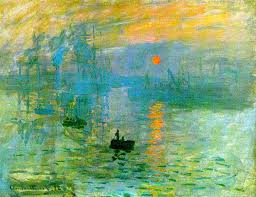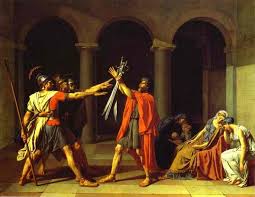My theme for this virtual exhibit is the power of a women, I want to show off some of the women artists in history. The first women artist is Judith Baca. She was raised in an all women household, and was raised by her grandmother who was an herbal healer. Below are three of her pictures, under each will be a description. Eleanor Antin is the second female artist that I will preview. Eleanor Antin was born in New York City in 1935. She is an influential performance artist, filmmaker, and installation artist.

# 1 Dancers: This mural was done in 2009 and is still in progress. She is working on this picture for Latino Fine Arts Center in Dallas, Texas.

# 2 This Durango mural project, called Recollections was done in 2002.It was commissioned by the Latino Education project for the City of Durango Fine arts Center. This mural was the first by means of Internet in new processes used in the digital mural lab.

# 3 this mural Guadalupe was done in 1990, it was commissioned by the County of Santa Barbara Art commission. Local participants participated in the development of the picture. Currently it resides in Guadalupe City Hall.

# 4 Love’s Shadow by Eleanor Antin was created in 1985. This black and white film is a classical art form. Antin said, ” I adore the ballet, but in some ways it’s a completely ridiculous are form. It is so stupid, but it can be very beautiful.” I like this quote because it reveals Eleanor Antins emotional reaction to her piece of art.

# 5 This painting called Before the Revolution was done created by Eleanor Antin in 1979. It resides in the Ronald Feidman Fine Arts in New York. This piece of art is a humorous piece. Antin says that she sees the funny sides of things. She said that with laughter is mixed with tears you will get the best experience. This reaction to me is priceless. Her expression of this painting makes me laugh just because I know she enjoyed making this piece of art due to the humor it brought her.

#6 The Angel of Mercy was created by Eleanor Antin in 1977. The reason I chose this picture for my virtual slideshow is because of the character in the photo. Eleanor Nightingale, she was the founder of nursing as a profession. This women could easily be one of my idols simply because I feel that nurses are such an important profession and a much needed one for that matter.
Now that you have learned a little bit about each one of these pictures I will tie in the theme. The Power of a Woman is my theme, and the reason I chose these six works of art to represent that theme.
Pic #1 is called “Dancers” This pic is of a women and a man dancing. My reaction to this was gracefulness; she looked so graceful as well as the mixture of colors.
Pic #2 Is called “Recollections” In the upper half of this piece is a mother and her child, nurture is my reaction to this picture.
Pic #3 Is called Guadalupe; this is the angel of Guadalupe. The picture is a beautiful piece and the look on the angels face reminds me of patience.
Pic#4 is called “Loves Shadow” and the artist of this piece interprets the ballet as beautiful.
Pic# 5 Is called “Before the Revolution” and the author thought this painting resembled humor.
Pic #6 Is called “The Angel of Mercy” and this photo resembles a nurse.
To me the words gracefulness, nurture, patience, beautiful, humor, and nurse all resemble the nature of a women. I choose these pictures from the two artists because they made me think of women and how they contribute to life.
















